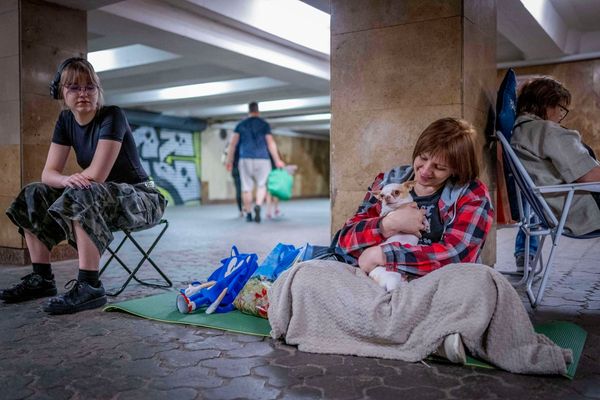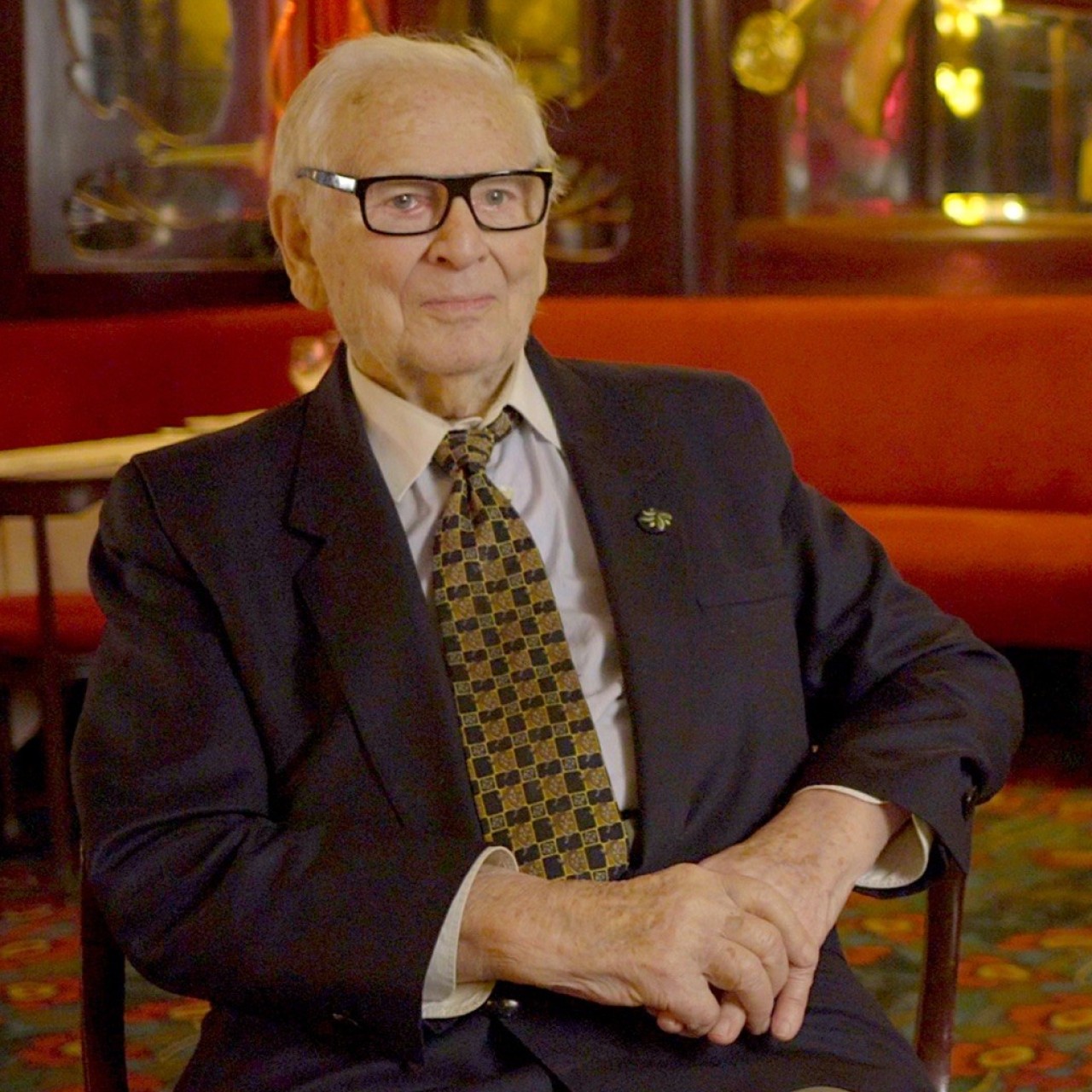
Pierre Cardin was one of the first international fashion designers to go boldly into the markets of China, Japan and Russia. While other French designers still saw France as the centre of the sartorial universe, Cardin recognised the importance of more far-flung places, travelling to China every year.
He wasn’t just a visionary either – Cardin was an astute businessman, too, and one of the first designers to apply his brand to a variety of products outside the fashion world.
Given that not much is known about the man personally, House of Cardin – a new documentary that screened at the Venice Film Festival in September – is a fascinating watch.
The film includes never-before-seen archival footage, as well as interviews with the likes of fellow designers Jean-Paul Gaultier and Philippe Starck, whose talent Cardin recognised early on.
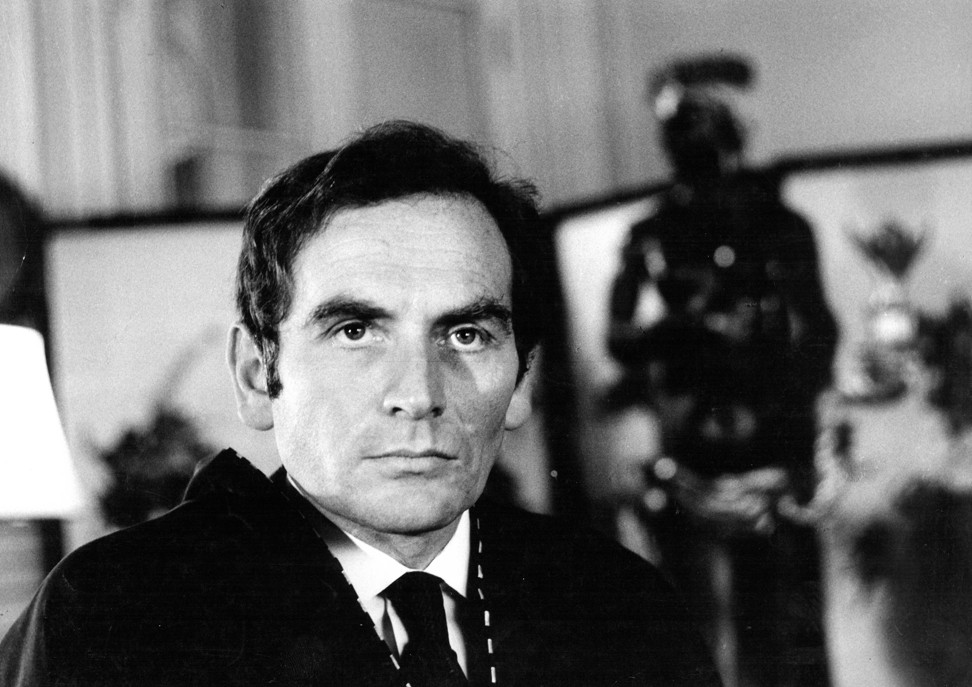
Even at the age of 97, Cardin is in possession of his trademark tenacity, turning up to promote the film at the festival in Italy. He had braved a 27-hour train trip beset by “fires on the road” and a torrential thunderstorm at the time of the documentary’s world premiere to be there and, though he may physically be a little frail, his mind remains as sharp as a tack.
“I still work every day. It’s my reason for being; it’s my pleasure,” he says. “I believe in myself. Everything starts as a thought and, by working on it, it becomes a reality.”
The bisexual Cardin has, over the years, shied away from the media. But when the American couple, P. David Ebersole and Todd Hughes – both huge Cardin fans and collectors – approached him about putting his life on the big screen, Cardin decided they were the right people to entrust with his life story.
“I didn’t feel like I was working at all – I felt like I was having fun,” Cardin says.
The designer was something of a futurist, pioneering branding and putting his name on more than 800 products, and helping popularise men’s high fashion as well as women’s prêt-à-porter – ready-to-wear designer clothes – without the need for corporate sponsorship.
House of Cardin also shows how he introduced his men’s perfume in a penis-shaped bottle to the American market with an ad that had the scent spurting wildly from the top, much like an ejaculation.
“I love to take risks,” Cardin admits with a laugh. “You have to have the desire and the will to forge ahead and create things that are unknown, and I had that. Those are the most important things needed to accomplish original things today.”
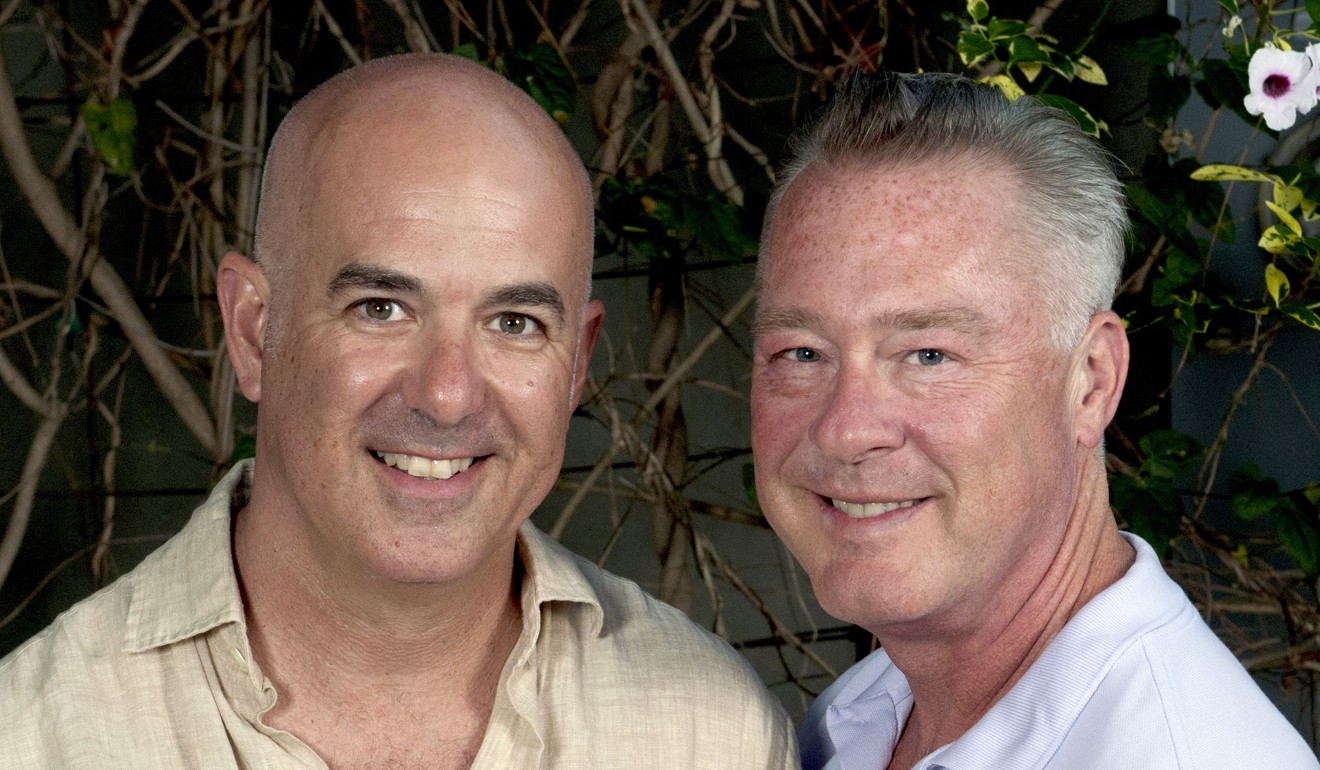
Cardin understood the power of fashion and helped redefine it into an art form.
“We are just [people]. Clothes give you the nationality, the wealth,” he says. “Through the mentality of a garment, you discover the person. Fashion is a reflection of the individual, of their thoughts, and of the industry. If there was no fashion, people wouldn’t be able to express themselves.”
The film shows how, 52 years ago, Cardin gave his first classes at Bunka Fashion College, the first dressmaking school in Japan. One of his students was Kenzo Takada, who was also interviewed in the film.
“It was my first show at fashion school and it had a huge impact,” Takada recalls. “I’d heard about [Cardin’s] draping methods – he’d snip and create a shape in seconds. He’d use bold colours and designs that hadn’t yet been seen in Japan.”
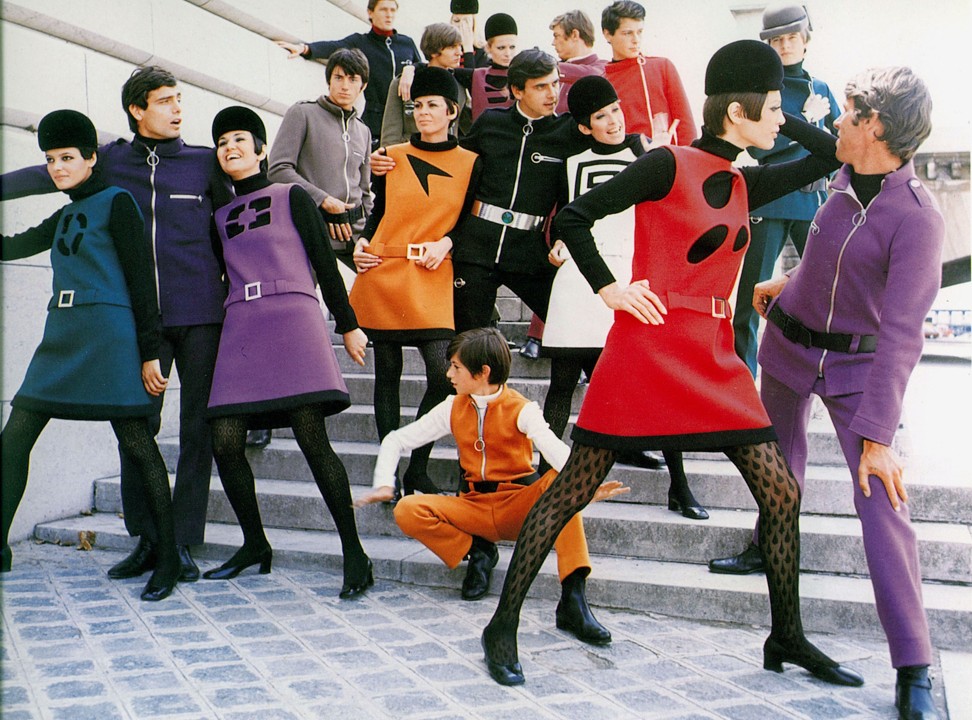
Cardin became one of the first Western fashion brands to enter the Chinese market, in 1978. A year later, he also became the very first to stage a fashion show in the country, where French model Maryse Gaspard – in a flowing, rainbow-coloured Cardin dress – made a historic splash on the Great Wall of China.
Today, at 70, Gaspard works as the director of haute couture for Cardin. In 2018, she attended a show organised by the brand’s chief China representative, Fang Fang, again on the Great Wall, to celebrate 40 years of Cardin in China.
“The show is also dedicated to the 40th anniversary of China’s reform and opening up,” Fang Fang said at a press conference after the show. In House of Cardin, she explains how the country had been “isolated from the rest of the world” and how China had no colour, where “everything was grey”.
Former model Haibin Gong says: “Nobody came to do business. They believed people here were villains.”
Cardin, though, loved China, and he was determined to teach the world about the country’s rich culture.
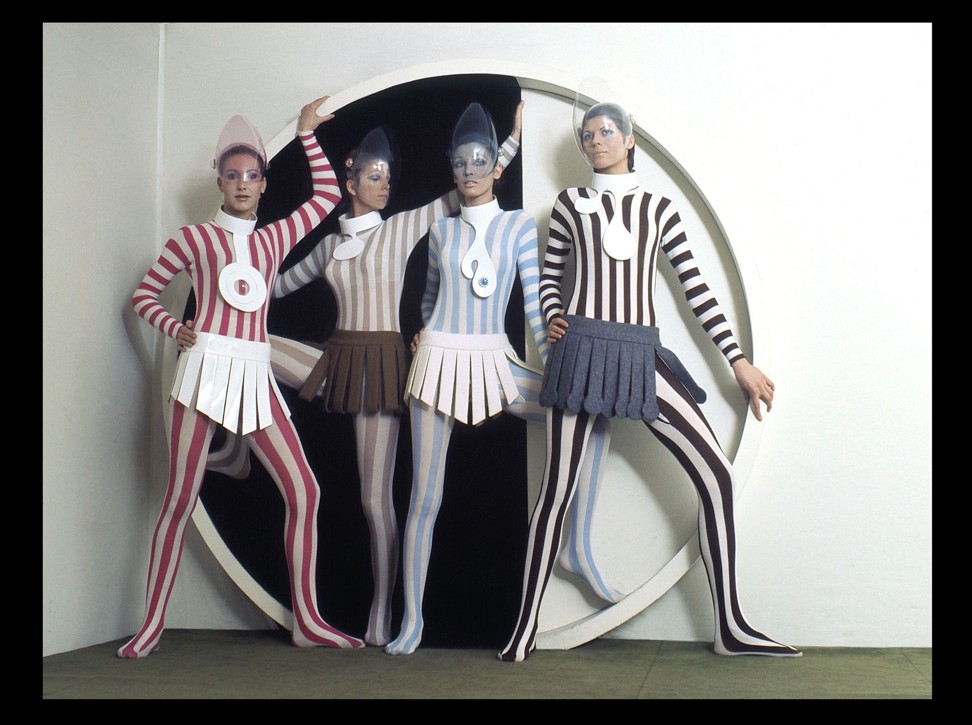
“Before we made the film, we knew little about him,” admits Ebersole, who with Hughes has also made films about actresses Cher and Jayne Mansfield. “We knew he was a great designer, that he had a record label, and that he designed a car, but we didn’t know he had changed the world in the way he did. I think he should win the Nobel Peace Prize for all he’s done for world peace, for making cultures understand each other and work together.
“Going [to Russia] when fashion was illegal, and China – people said before he went there was no individualism – and he allowed them to start being individuals and being creative. He changed China in huge ways.”
I like a man when he is manly, and a woman when she is feminine. I don’t like it mixed – Pierre Cardin
China is, says Hughes, very important to Cardin’s business empire.
“In the film, when we show how he currently has 14 floors of couture dresses, and when we asked who they are for, he said ‘China’. So it is probably his biggest buyer.”
Fang Fang, when asked to clarify this information by email, replies: “We have more than 10 Pierre Cardin licensees in China with different products, so there is no specific data available.”

The film doesn’t just look at his career, though; it examines Cardin’s humble beginnings as the youngest of nine siblings. Even though the family was poor, Cardin says he had a happy childhood, which involved moving from Italy to France in 1924.
During World War II, Cardin tried to travel to Paris but was stopped by Germans troops. As a result, he had to stay in Vichy in central France, where he learned the essentials of his trade from a tailor. When he finally arrived in France’s capital city, he started working with Dior.
“I knew Dior before he was Dior,” Cardin says with typical aplomb. “I went in before he opened the store. I was the first employee.”
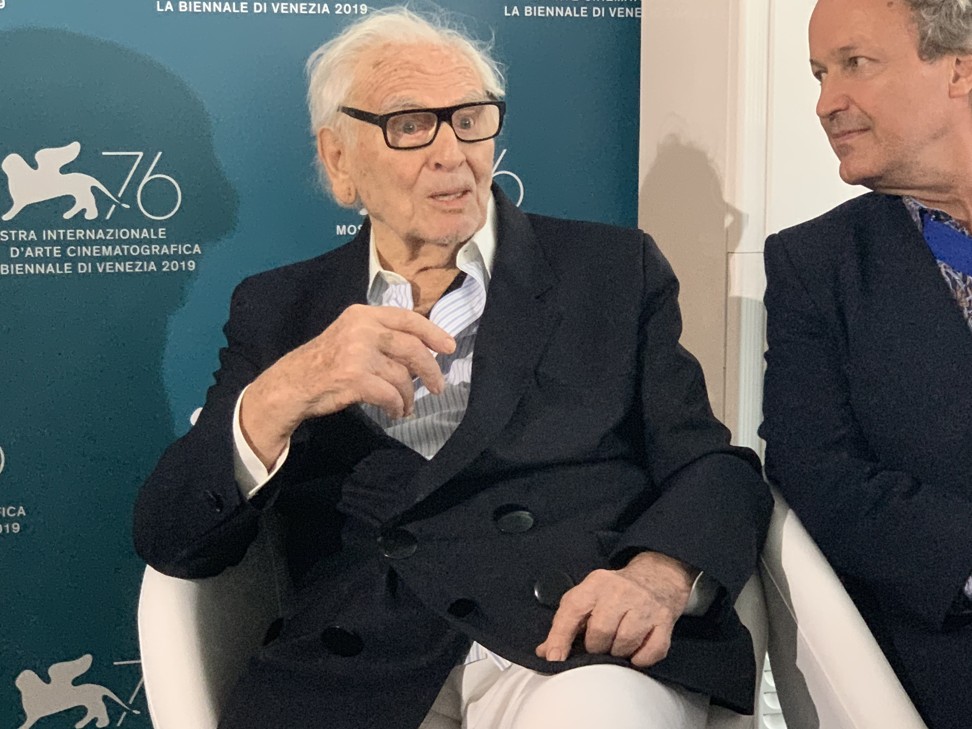
He was soon mixing with celebrities and “all the greats”, including novelist and dramatist Jean Cocteau, screenwriter and director Luchino Visconti, and writer and film director Pier Paolo Pasolini.
“I was a good-looking young man and everyone wanted to sleep with me,” he declares in the film. Cardin didn’t, however, want to sleep with everyone, and instead entered a long relationship with designer André Oliver, with whom he collaborated for more than 40 years. The pair did not try to hide their union, but it was one that remained private regardless.
“He was more traditional; he was more bourgeois than me. Everything that I did stunned him,” says Cardin. Their relationship ended when Cardin fell in love with French actress Jeanne Moreau, although he and Oliver continued to work together until his death in 1993.
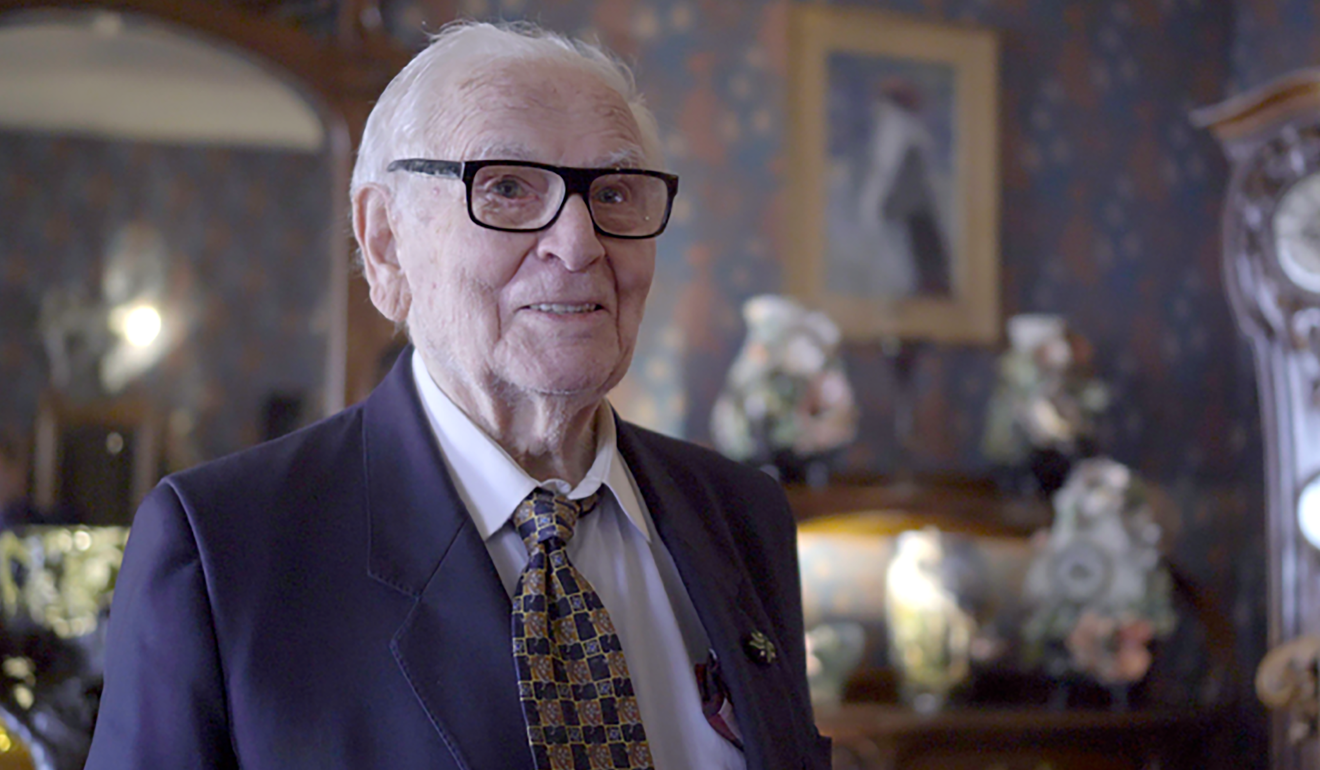
Cardin also addresses his bisexuality in the film.
“I like a man when he is manly, and a woman when she is feminine,” he says. “I don’t like it mixed.”
He says he loved Moreau absolutely. “She was an exceptional, brilliant, intelligent woman who left us too early.” She died in 2017, aged 89.
The film notes that Moreau loved a challenge, and she had been determined to seduce the designer. The love affair between, as Cardin puts it, “the great actress” and “the great fashion designer”, lasted four years.
So what is Cardin’s next project?
“It’s to live longer, to live past 100 years,” he replies. “Life starts again.”



